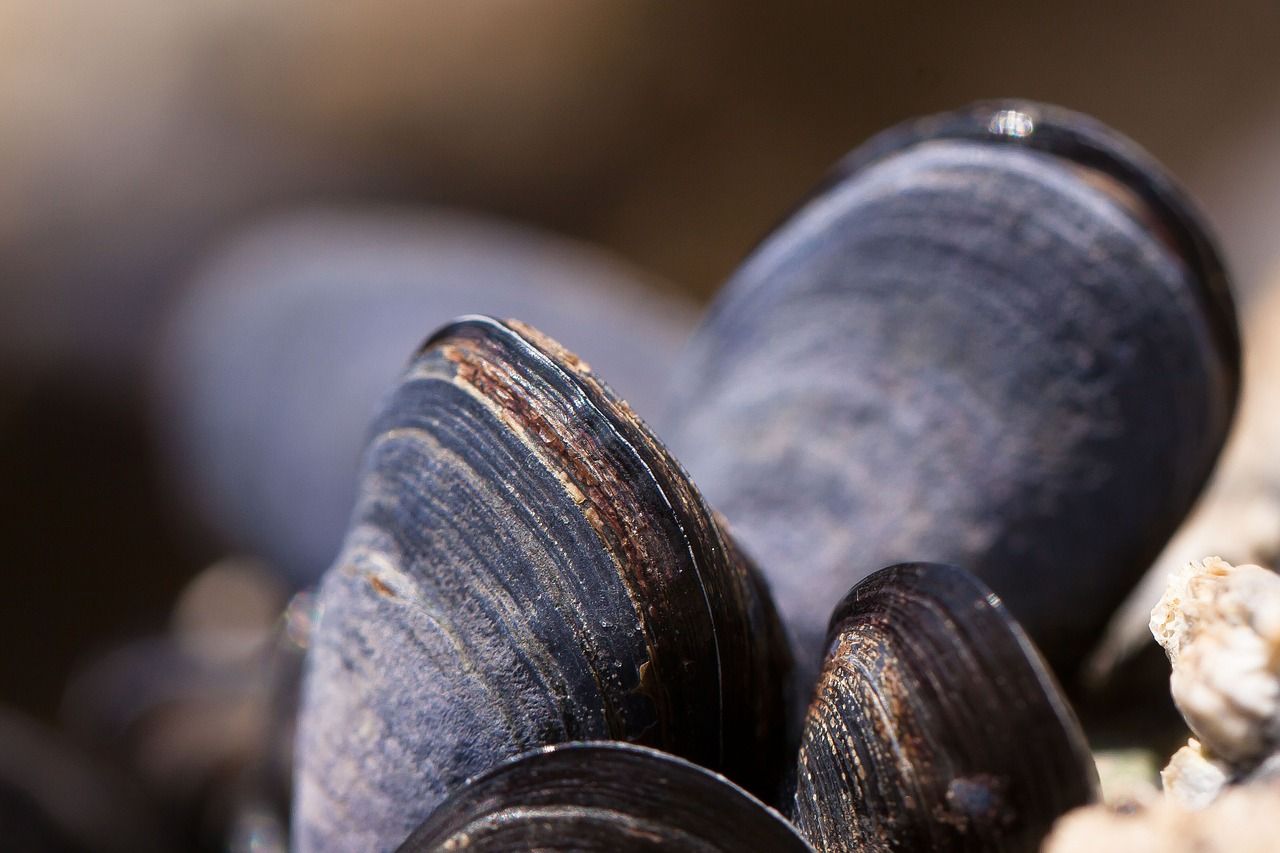Catalina Sea Ranch (CSR), the first offshore shellfish ranch in US federal waters, has raised $2 million in funding for its mussel farm off the coast of Southern California.
The funding came from a group of local individual investors from the Long Beach area, the majority of whom are on the board of the Aquarium of the Pacific, according to Phil Cruver, CEO of CSR.
With this round, the ranch has now raised a total of $5 million and it will use it to purchase mussel seed and equipment to expand the ranch from 20 lines of mussels to 40 in a few months. The equipment includes anchors, 1,400 floats needed to keep the lines 15 feet below sea-level as the mussels grow heavier, and mile-long ropes.
Cruver thinks this could be the last round of funding for a while as the business will be profitable by the end of the year, with its first harvest of 7,000lb of mussels in two weeks. The ranch has 15 million mussel seeds growing currently and another estimated 58 million mussel seed scheduled for planting in the next few months as part of the wider 100-acre project. The company is projecting the harvest and sale of over 1million lb during 2017, at a farmgate price of around $2.40 per lb.
CSR will also use the funding to invest further into its data-capturing IoT platform. Powered by a NOMAD buoy that was donated by NOAA, the “Ocean Internet-of-Things” draws data from sensors and cameras deployed around the ranch. CSR uses this data to optimize its own operations and to send to regulators.
“We want to exceed the expectations of the regulators to show them that our operations have no measurable negative impact on the surrounding ocean environment, and even possibly a positive impact, plus give them that information in real time,” said Cruver.
The data collected at CSR is also being analyzed by research institutions.
“Real-time monitoring with the Ocean IoT will enable taking the environmental pulse of an area of the ocean to understand short and long-term trends, anticipate problems and devise mitigation measures for immediate corrective actions,” Cruver wrote in an article about the Ocean IoT last year. “And this could lead to sound regulations based on solid science for advancing sustainable offshore aquaculture and responsible marine spatial planning.”
Speaking to AgFunderNews, Cruver also revealed that CSR is now researching the potential of growing Giant kelp alongside the mussels. Kelp can have a positive impact on the surrounding ocean environment by absorbing inorganic matter and Co2 to reduce acidity levels. It also grows very fast at around two feet a day and has various uses.
One is as feed for livestock where research shows it can reduce cattle methane emissions by 70-80%. This is particularly relevant for California, which produces 20% of US dairy and signed legislation to reduce methane emissions by 40% by 2030, said Cruver.
Another use is as a bioenergy feedstock, which CSR is now researching as a potential replacement to corn. CSR will be submitting a proposal to the Department of Energy for a $25 million R&D contract for this research.
“We’re now going through the process of asking for another offshore aquaculture permit to grow 100 acres of Giant kelp,” he said.
CSR will also begin researching farming other shellfish such as scallops and possibly oysters in due course, with at least 26,000 acres of suitable federal waters potentially available.
So it’s onwards and upwards for a project that three years ago was a hard sell to investors, according to Cruver. “It’s amazing how much the industry has moved on in that time,” he added.




